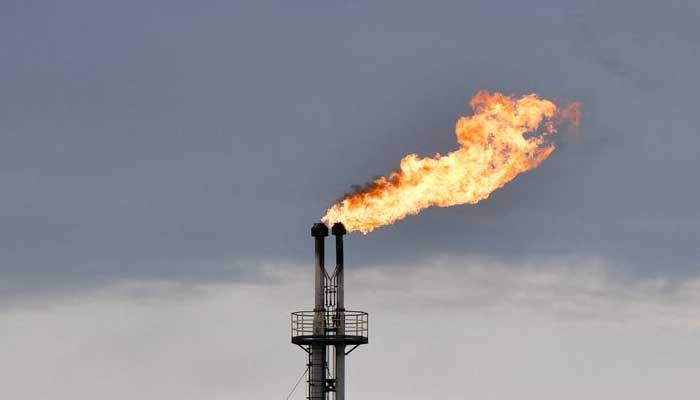Select Language:
Global fossil fuel emissions are projected to reach new heights in 2025, according to a recent study published Thursday. The report emphasizes that limiting global warming to below 1.5°C is now virtually “impossible.”
The annual Global Carbon Budget analyzes human-induced CO2 emissions resulting from fossil fuel combustion, cement manufacturing, and land-use changes like deforestation. These figures are compared to the temperature increase thresholds established in the 2015 Paris Agreement.
Scientists from around the world discovered that CO2 emissions from fossil fuels are expected to be 1.1% higher in 2025 than last year. Despite widespread efforts to expand renewable energy sources globally, these advances haven’t yet offset the growing energy demand. Emissions from oil, gas, and coal are all anticipated to rise, pushing the total to a record-breaking 38.1 billion metric tons of CO2.
As countries convene for COP30 in the Brazilian Amazon, new findings indicate only about 170 billion tons of CO2 remain to keep warming within 1.5°C — a limit set in Paris. With current emission rates, that budget will be depleted in roughly four years, making the goal unattainable, according to Pierre Friedlingstein of Exeter University in Britain, who led the study.
Despite the disappointing outlook, some positive signs are emerging. China’s fossil fuel emissions have largely stabilized this year — particularly coal — which may signal the beginning of a decline in emissions as renewable energy begins to play a larger role. However, due to policy uncertainties, it’s too soon to declare that China has reached its emission peak.
In the United States, coal-related emissions increased by 7.5%, driven by higher natural gas prices that shifted power generation toward this more polluting fuel. Both the U.S. and the European Union saw upticks in emissions, partly because of cooler winter weather increasing heating demand. Meanwhile, India experienced a smaller rise in CO2 emissions this year, aided by an early monsoon season and rapid growth in renewable energy.
The study, published in Earth System Science Data, also points to significant progress. Thirty-five countries have managed to cut emissions while growing their economies — double the number from a decade ago. Overall, human activities, including land use changes, are set to produce around 42.2 billion tons of CO2 this year, slightly less than last year, though estimates remain uncertain. Reduced deforestation and fewer destructive fires in South America, partly due to the ending of the intense 2023-2024 El Niño, have contributed to a decrease in land-use emissions.






